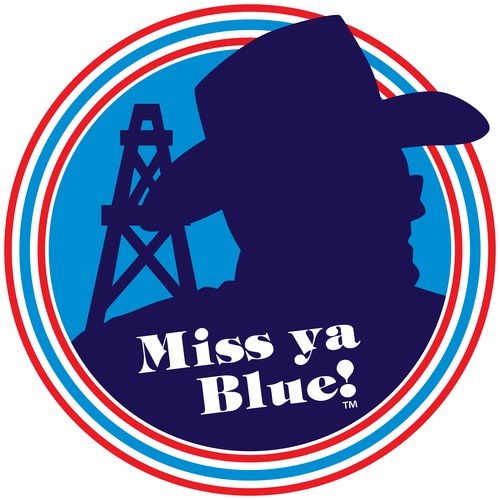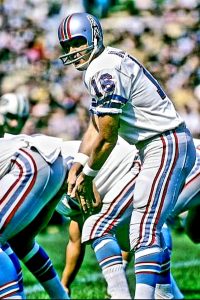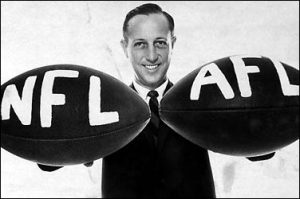The Astrodome, Part 4

“What a Ride!”
By DILLON HOLLOWAY
PREVIOUSLY – The Astrodome, Part 1: “Breaking Ground on The Eight Wonder of the World”
PREVIOUSLY – The Astrodome, Part 2: “The Foundation Laid, History Made”
PREVIOUSLY – The Astrodome, Part 3: “The Roof is on Fire, and the Grass Ain’t Real!”
Historically, few venues of any kind could be compared to the Astrodome.
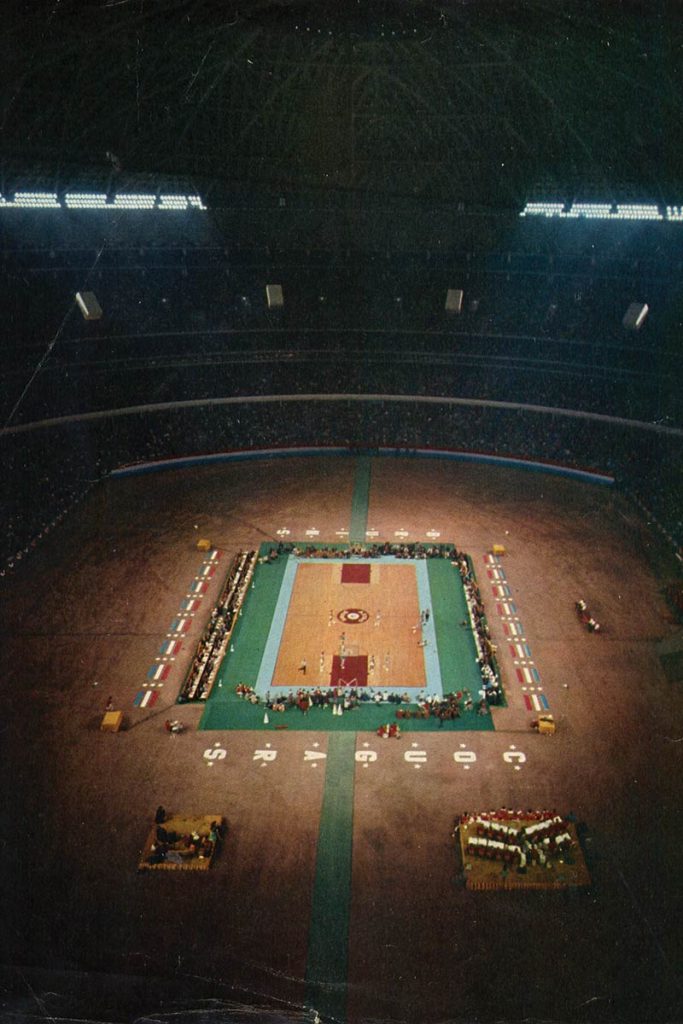
The University of Houston edged powerhouse UCLA in college basketball’s “Game of the Century” in 1968, and “The King” Elvis Presley performed as the headliner for the 1974 Houston Livestock Show and Rodeo.
The Eighth Wonder of the World also jammed 67,925 people inside its confines for the record-breaking 17th WrestleMania event in 2001.
In addition to the previously mentioned events, the Astrodome also hosted NBA and MLB All-Star games, Billy Graham crusades, a Republican National convention, Frank Sinatra, Bob Dylan, Selena, The Rolling Stones, Stevie Wonder, Paul McCartney, Michael Jackson, George Strait, and Madonna, to name a few.
Two of the more well known and historical events to grace the Astrodome came when Muhammed Ali defeated Cleveland Williams and when Evel Knievel set a world record jump on a motorcycle.
In 1966, Ali fought rising heavyweight challenger Cleveland Williams that led to an iconic photograph by Neil Leifer.
Leifer prepped for five days to ensure that he had cameras in crucial positions throughout the Astrodome.
Sport photography was still a growing profession and had yet to produce quite a historical shot like the one about to be captured by Leifer.
For a few years the shot was bounced around to small sport magazines and to a few publishers, yet it took years to gain traction as an iconic shot.
The photo itself was captured by hanging a camera from the ceiling, a new initiative that was quickly copied and replicated by other sport photographers.
In fact, Leifer himself wasn’t too sure that all the effort would either work or be worth it.
“I gambled that there would be a good knockout. Sometimes a fighter crumples on their chest or falls into the ropes, but Williams landed flat on his back. I knew it happened in a good spot but I didn’t have a clue how it would turn out until the film was developed.”
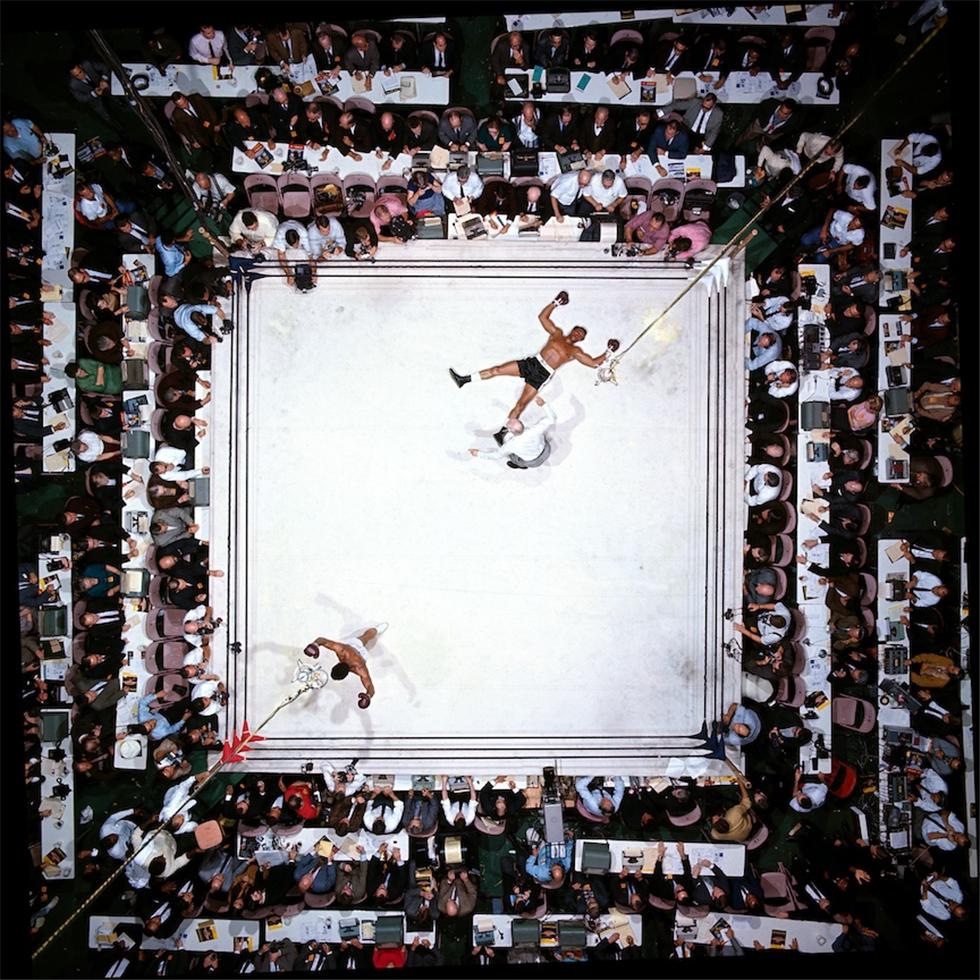
Leifer was so paranoid about the film that he refused to leave the small lab where the film was developed.
“I was always a little crazy – most photographers don’t hang around the magazine’s photo labs, but I would go to make sure they didn’t mess up my film. I remember seeing this photo come out like it was yesterday. It was still wet, heading for the drying machine, but even then I knew it was special. Today, fighters come into the ring looking like wrestlers. But back in 1966 it was the old tradition: the champion in white trunks, the challenger in black, no logos or sponsors on the ring apron. The symmetry was perfect.”
The Astrodome also held another major historical event when stuntman Evel Knievel jumped a death-defying 19 cars while riding a motorcycle, a record that stood for 27 years.
In addition to the record-setting jump, Knievel also set an attendance record with more than 100,000 tickets sold in his two appearances on January 8-9, 1971.
Perhaps the Dome’s brightest humanitarian moment, though, came when it served as an emergency shelter and first-aid station in the devastating aftermath of Hurricane Katrina in August 2005.
Two days after the levees broke in New Orleans, 25,0000 evacuees arrived at the Astrodome seeking shelter and humanitarian aid.

“The biggest mission at that time was getting the cots set up,” said Rick Flanagan, who then served as the deputy area commander for the Astrodome while with the Houston Fire Department.
“Later that night, the buses started coming in,” Flanagan says. “And not only did they start coming in, they continued coming in.”
“Some people didn’t have medication, a lot of people left their glasses, some people had no clothes,” Flanagan said.
“They had no food to eat, they had no water to drink, they had no shower facilities. So all of those things that were in that particular category, we had to provide those things.”
The Astrodome hosted these evacuees for weeks, distributing aid such as clothes, medical supplies, and food.
Just a few weeks later, those evacuees had to be relocated again due to Hurricane Rita’s strike near Houston.
It was another defining moment for the Astrodome, said then-Harris County Judge Robert Eckels.
“Katrina was probably its finest moment. And it’s got a place in history assured from the way Houston welcomed through that gateway 60,000 people and ultimately maybe a quarter million people into the Houston area after Katrina,” Eckels said.
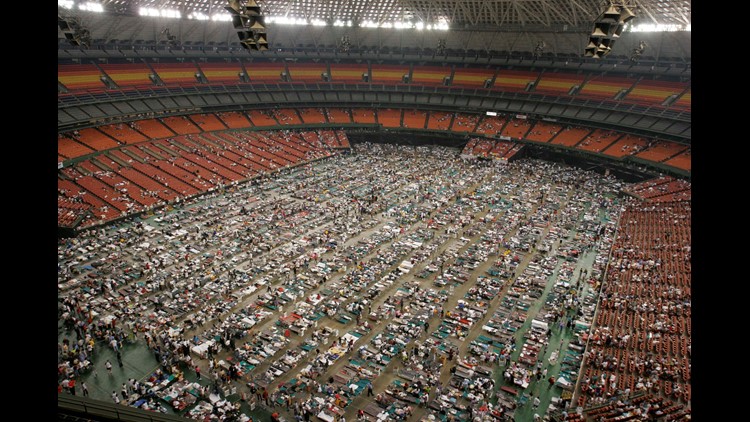
At some point, the Astrodome’s doors would have to close for good, and the sun began to set on the venerable venue’s history in the mid-1990s.
In August 1995, Astros owner Drayton McLane stated to the Houston Chronicle that he had no interest in building a new stadium. “I remember when those were built in the 1970s and those were as good a stadiums as there were. They were the most modern stadiums in the world, and now they’re saying they’re all bad. That they can’t make a go of it without a new stadium. It helps, but there are other things involved.”
Later that year, the Houston Oilers announced that they would relocate to Nashville, Tenn., in order to have a new stadium built for them.
After hearing this news, McLane backtracked on his statement: “It’s [the Astrodome] 30 years old and not a lot of money has been spent to remodel it.”
With a flurry of legislative paperwork being worked behind the scenes, a referendum was proposed to Harris County residents to approve a new retractable domed stadium. The referendum to help fund the ballpark barely passed with a vote of 51% to 49%.
Responding to the referendum, then-Texas Senator John Whitemire sponsored a bill supported by five of the six area Harris County senators that would create the Harris County-Houston Sports Authority.
Coupled with House Bill 92, the authorization for creation of the sports authority was signed into law by Governor George W. Bush on June 2, 1997.
This sports authority would assist in the financials of the new ballpark and allow renovation of the Astrodome under the implementation of conditional special county-wide taxes.
This new ballpark would be named Enron Field after a $100 million, 30-year naming rights deal was made with Houston’s Enron energy company on April 7, 1999.
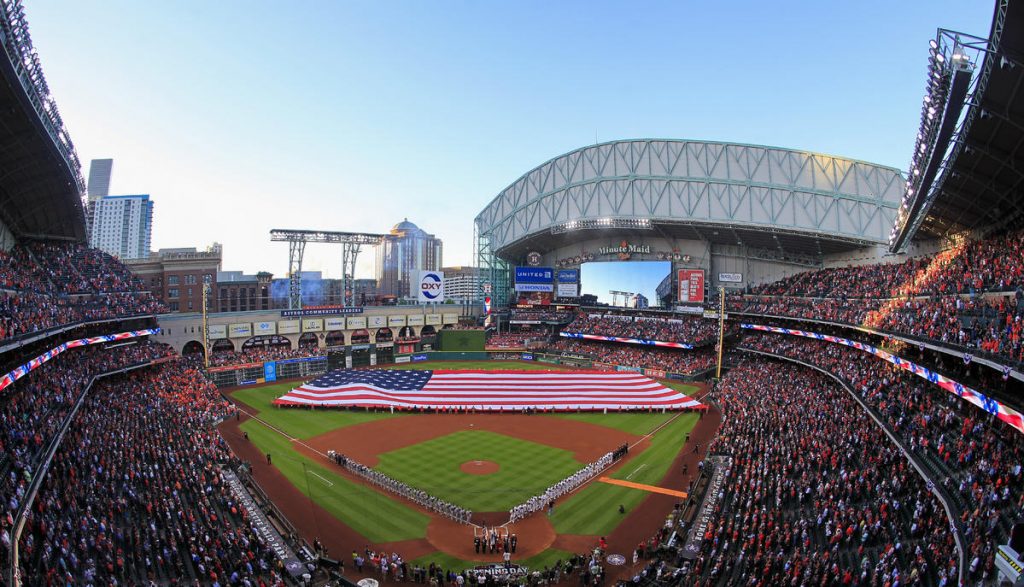
Unfortunately, Astros management faced a public relations nightmare when the energy corporation went bankrupt in 2001 due to a massive financial scandal.
Quickly, the Astros filed a motion to rename the field but settled out of court with Enron for $2.2 million.
In June 2002, the Astros announced they had sold naming rights of the ballpark to locally based Coca-Cola subsidiary Minute Maid for $100 million over 30 years. The official name of the park was changed to Minute Maid Park.
After the Oilers left in 1996, NFL football did not return to Houston until 2002 when NRG Stadium (formerly known as Reliant Stadium) was constructed at a cost of $352 million with a seating capacity of 72,220 for the National Football League’s Houston Texans.
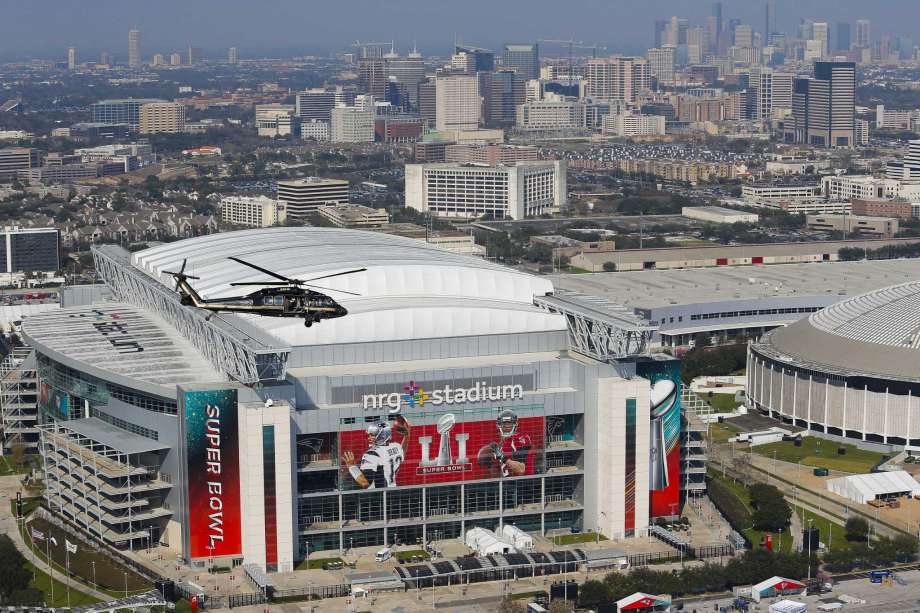
NRG Stadium was the first NFL facility to have a retractable roof and also serves as the home of the Houston Livestock Show and Rodeo, the Texas Bowl, international soccer matches, and other events.
The stadium also hosted Super Bowls XXXVIII (2004) and LI (2017), and WrestleMania 25 (2009).
NRG Stadium is part of a collection of venues (including the Astrodome), collectively known as NRG Park, so named for NRG Energy under a 32-year, US$300 million naming rights deal in 2000.
Although the building was added to the National Register of Historic Places in 2014, the Astrodome has not been used since 2009 and periodically teeters on the brink between renovation and demolition.
A November 2013 proposal to preserve and repurpose the massive structure was not successful.
In 2018, Harris County Commissioners voted to renovate the Astrodome as a multipurpose sports and events center and a parking garage, allocating $105 million for the project.
However, according to The Washington Post, plans for renovation came to a halt when Harris County Judge Lina Hidalgo said in 2019 that she wanted the county to focus on criminal justice reform and flood control, and thus the dome’s future continues to sit and rust away for the foreseeable future.
Dillon Holloway is a native Mississippian currently residing in central Oklahoma. He is a rabid football fan and a historian of the sport. He is a husband, a military officer, volunteer teacher and football coach, and emerging guest speaker. He graduated from the University of Mississippi with a bachelor’s in English and a minor in aerospace studies. He played football from pee-wee through high school, winning the 2A Midsouth Association of Independent Schools (MAIS) state championship and was named first-team all-district guard in 2011. Since his first football practice, he has always made the sport a part of his life in some fashion, and writing for Miss Ya Blue! allows him to continue to do so.
#houston #oilers #htown #houstontx #houstonoilers #nfl #astrodome #sports #star #history #football #luvyablue #missyablue #texas #houstonblogger
